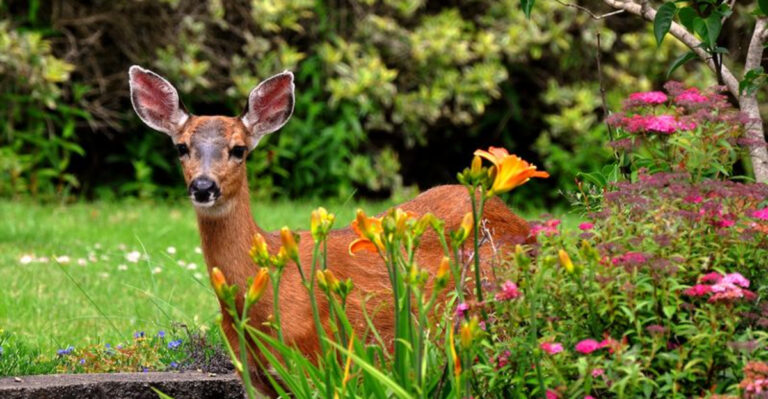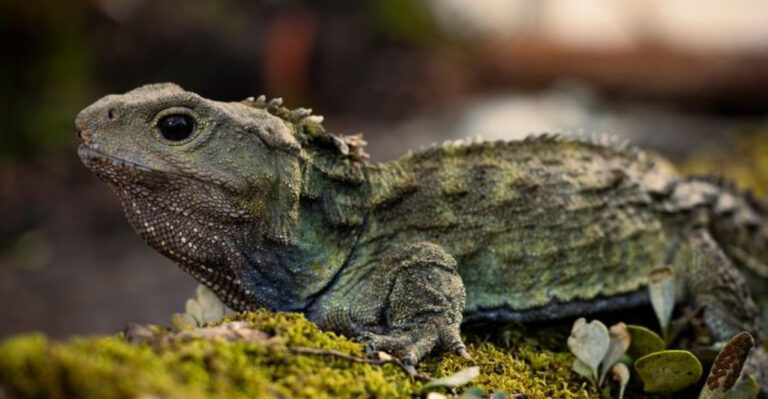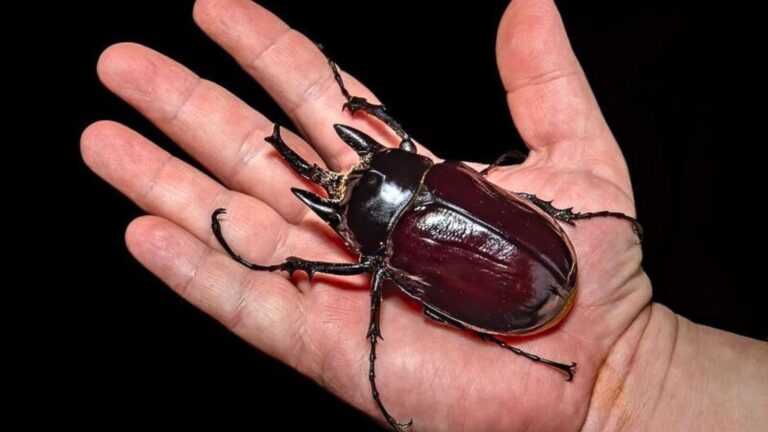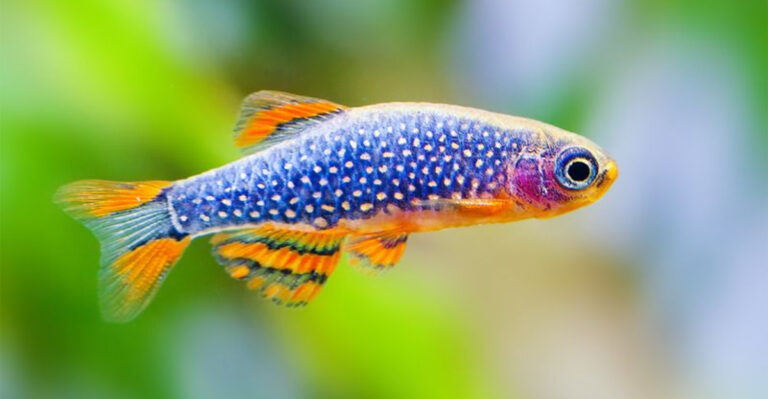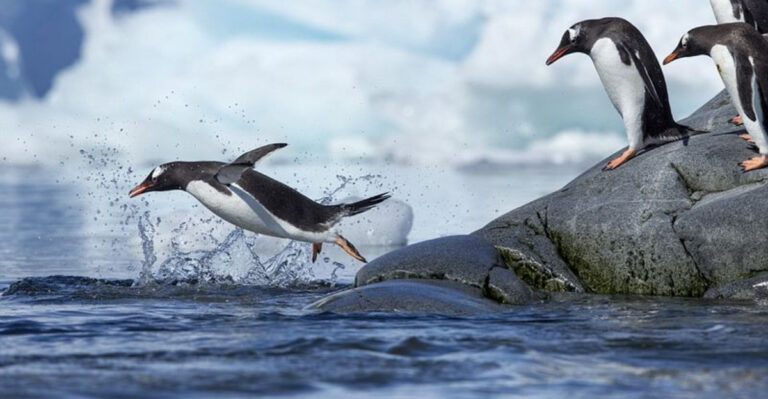Experts Warn Puget Sound Orcas Are Under Threat As Salmon Numbers Decline
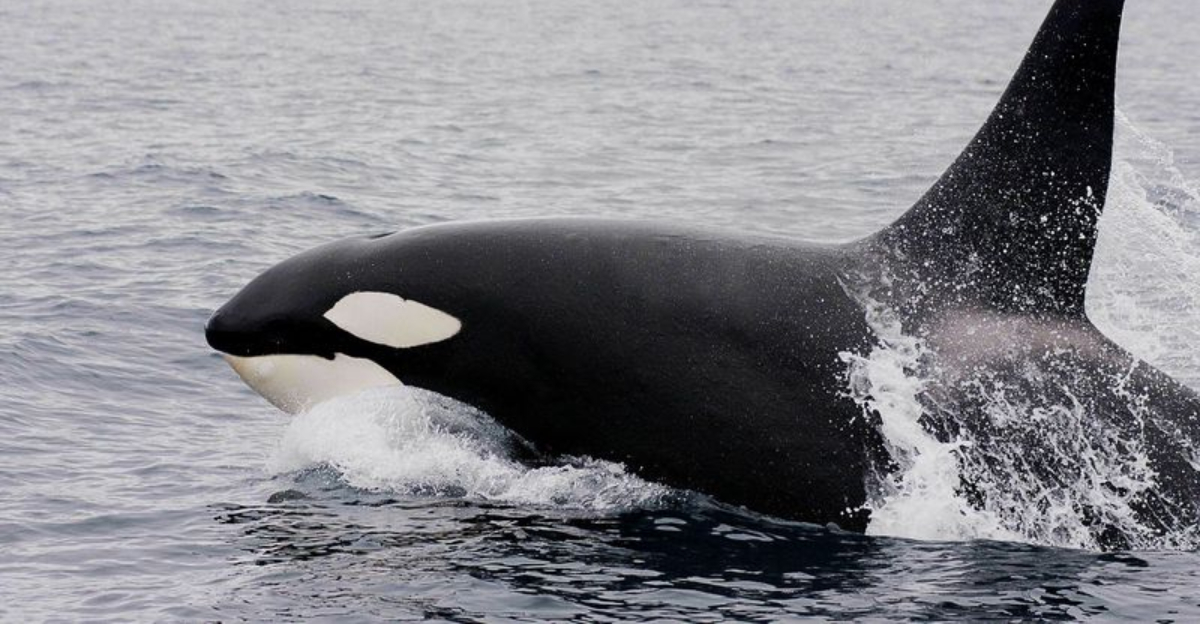
The majestic orcas of Puget Sound are fighting for survival as their main food source vanishes before our eyes. These incredible black and white whales depend on Chinook salmon for nearly all their meals, but salmon numbers have dropped dramatically in recent decades.
Scientists and tribal communities are raising the alarm that without immediate action, these magnificent creatures might disappear forever from Washington’s waters.
1. Population In Free Fall
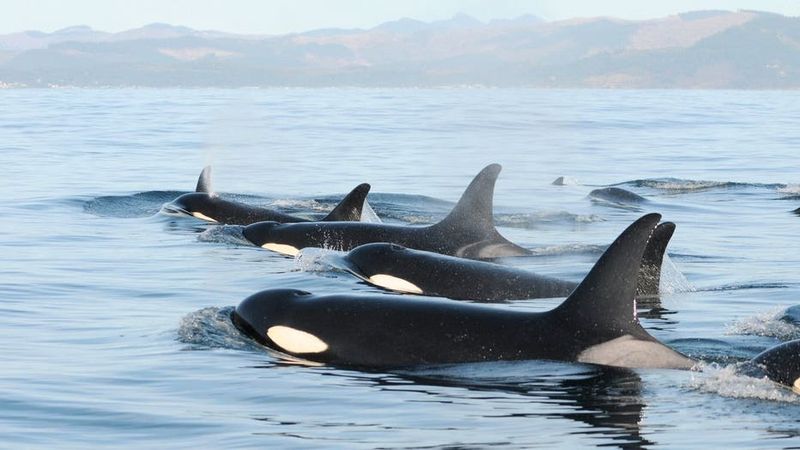
Only 73 Southern Resident killer whales remain in Puget Sound today. That’s a shocking drop from over 200 orcas that swam these waters in the 1990s.
Scientists track each whale by their unique fin shapes and markings. Every lost orca is a devastating blow to this tight-knit family group that lives, hunts, and communicates together in complex social structures.
2. Hungry For Chinook
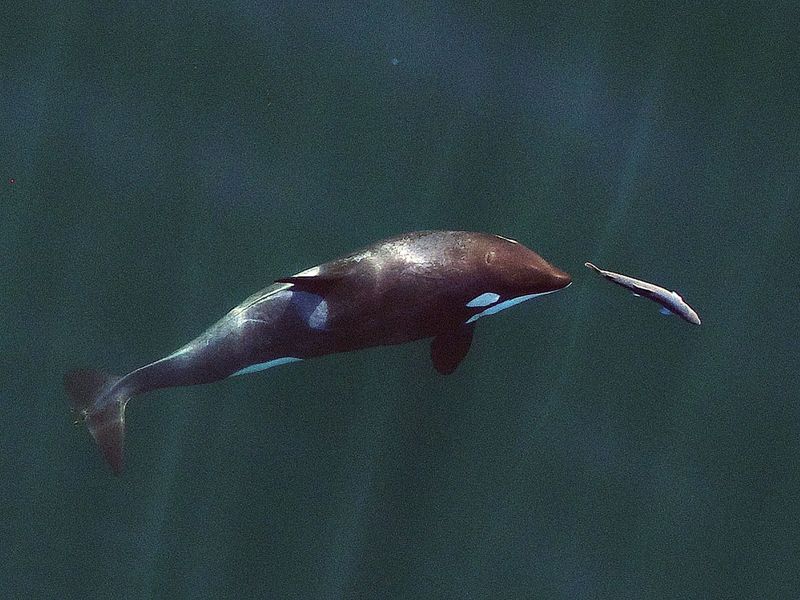
Orcas are picky eaters! Southern Residents have specialized over thousands of years to hunt primarily Chinook salmon, which makes up about 90% of their diet.
These salmon are perfect for orcas because they’re the largest and fattiest salmon species. When Chinook disappear, orcas can’t simply switch to eating other fish or marine mammals like other killer whale types can.
3. Vanishing Salmon Crisis
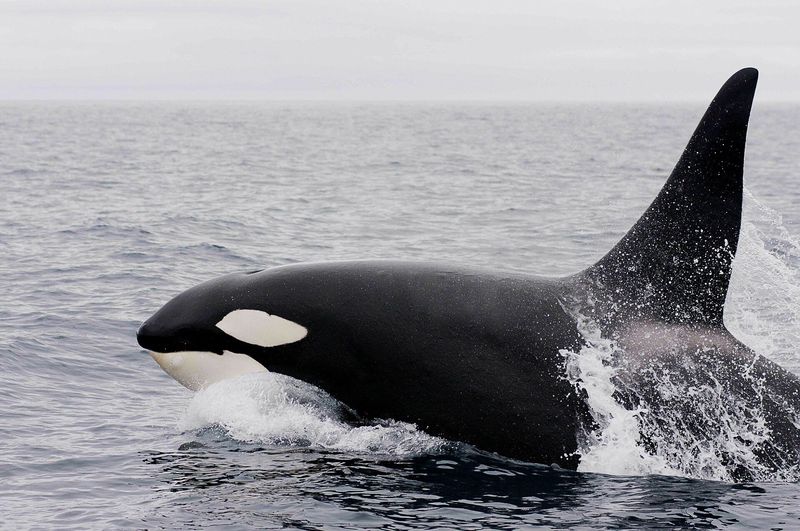
Salmon populations have crashed throughout the Pacific Northwest. Chinook numbers have plummeted by over 60% since the 1980s.
Some salmon runs that once filled rivers with thousands of fish now see just dozens return. Certain historic salmon runs now stand at less than 1% of their original size! Dams, pollution, habitat loss, and climate change have all contributed to this alarming decline.
4. Starving Babies
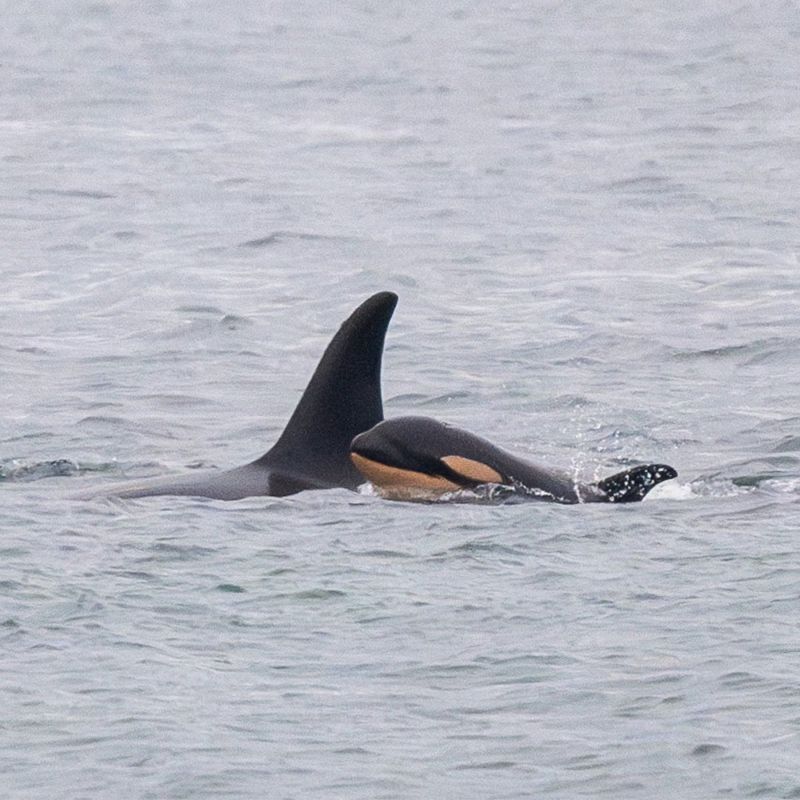
Baby orcas face terrible odds in today’s Puget Sound. Only about one in five orca calves survives their first year of life.
Most die from malnutrition because their mothers can’t find enough food to produce nutritious milk. Others develop diseases as their weakened immune systems can’t fight off infections. Each lost calf represents a crucial missed opportunity for population recovery.
5. Mourning Mothers
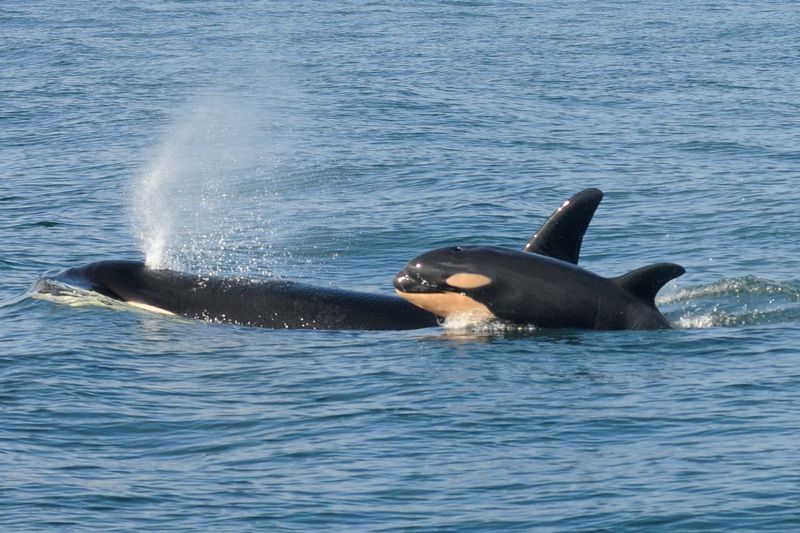
Orcas feel grief just like humans do. In 2018, a mother orca named Tahlequah (J35) carried her dead newborn for 17 days across 1,000 miles, refusing to let go.
This unprecedented display of mourning captured worldwide attention. Tragically, in 2025, Tahlequah was seen carrying another deceased calf, J61, showing the ongoing reproductive struggles these intelligent animals face in their fight for survival.
6. Toxic Bodies
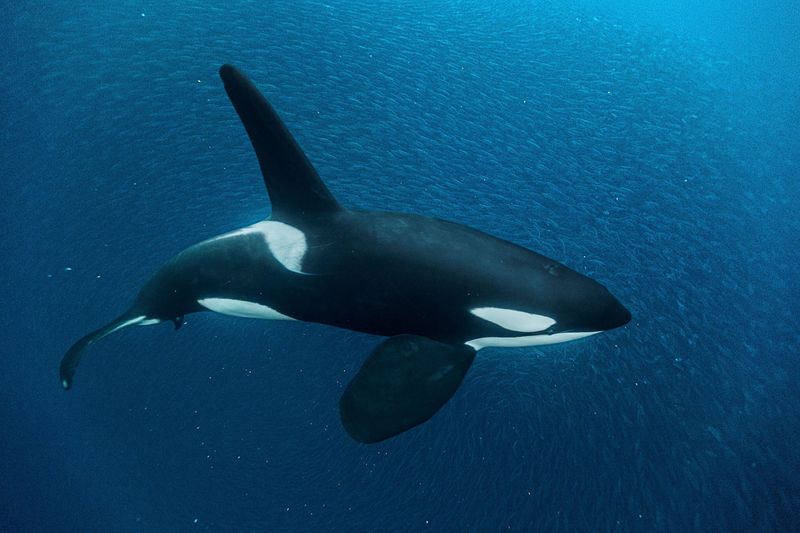
Puget Sound orcas are walking chemical factories. Their blubber stores dangerous pollutants like PCBs that wash into the ocean from factories, farms, and cities.
These orcas rank among the most contaminated marine mammals on Earth! When food becomes scarce, their bodies burn fat reserves, releasing stored toxins into their bloodstream. Female orcas pass these harmful chemicals to their babies during pregnancy and nursing.
7. Can’t Hear, Can’t Hunt
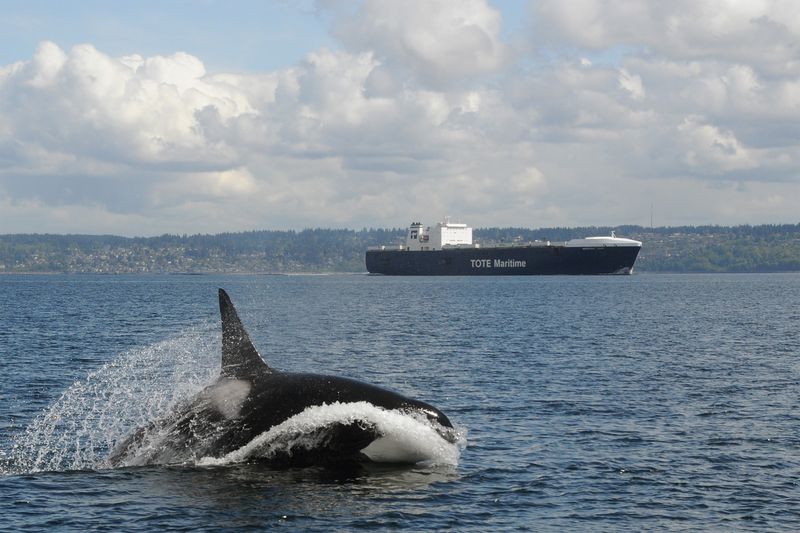
Imagine trying to find food in a pitch-black room while someone constantly bangs pots and pans. That’s life for Puget Sound orcas.
These whales use sound waves (echolocation) to find salmon in dark waters. Ship engines, military sonar, and construction noise create an underwater racket that blocks their hunting abilities. The noise forces them to swim farther, using precious energy while finding less food.
8. Skinny Salmon Problem
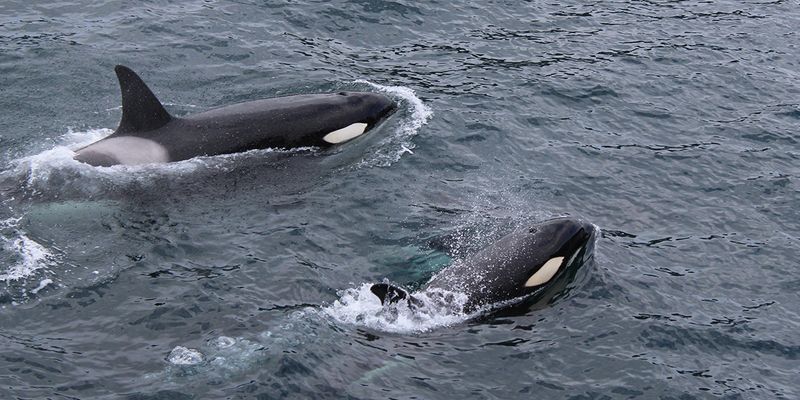
Even when orcas do catch salmon, they’re getting less nutrition than their ancestors did. Today’s Puget Sound salmon contain significantly less fat than wild salmon from healthier ecosystems.
This means orcas must catch more fish to get the same calories. It’s like eating diet food when you need hearty meals! Researchers believe this nutritional deficit contributes to stress, reproductive problems, and weakened immune systems in the orca population.
9. Too Few Mothers
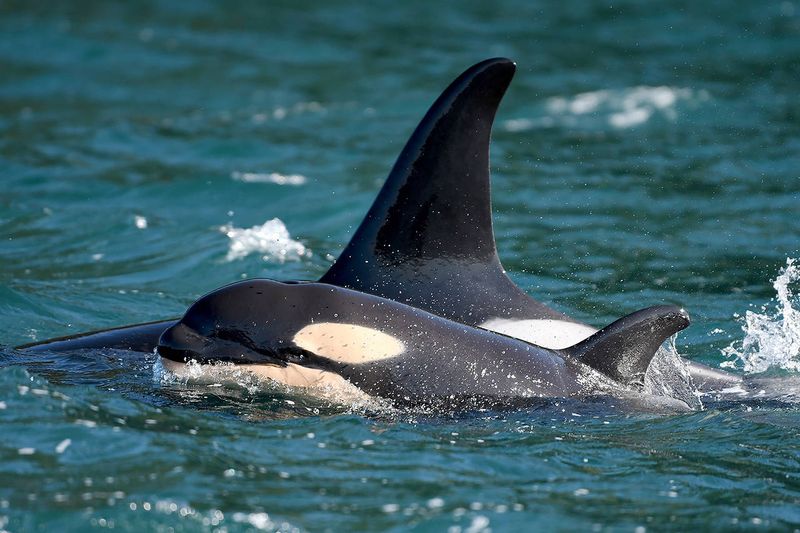
With only 23 breeding females left in the entire Southern Resident population, these orcas face a serious numbers problem. Female orcas typically have their first calf around age 15 and can reproduce until about 40.
They usually have one baby every 3-5 years under good conditions. The current shortage of reproductive females creates a bottleneck that makes population recovery extremely difficult, even if habitat conditions improve.
10. Sacred To Native Peoples
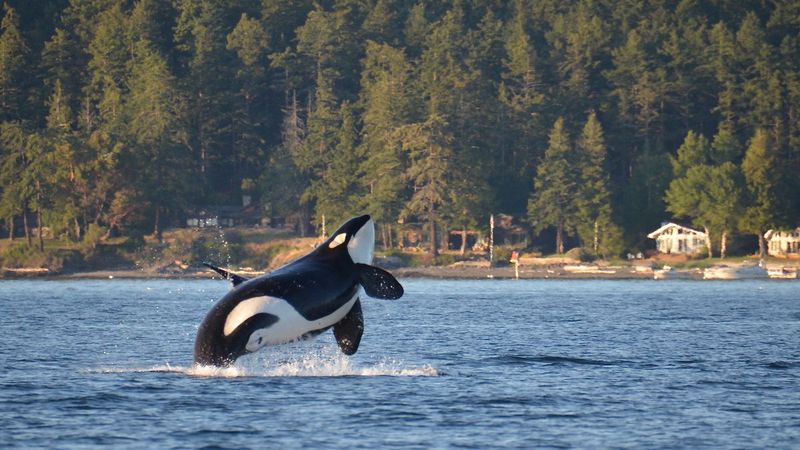
For thousands of years, Northwest coastal tribes have honored orcas as their relatives. The Lummi Nation calls them “qwe’lhol’mechen” – people beneath the waves.
These Indigenous communities see orcas not as animals but as people with their own nations, cultures, and languages. Tribal leaders have been at the forefront of orca protection efforts, combining traditional knowledge with modern science to advocate for these sacred beings.
11. Rescue Efforts Underway
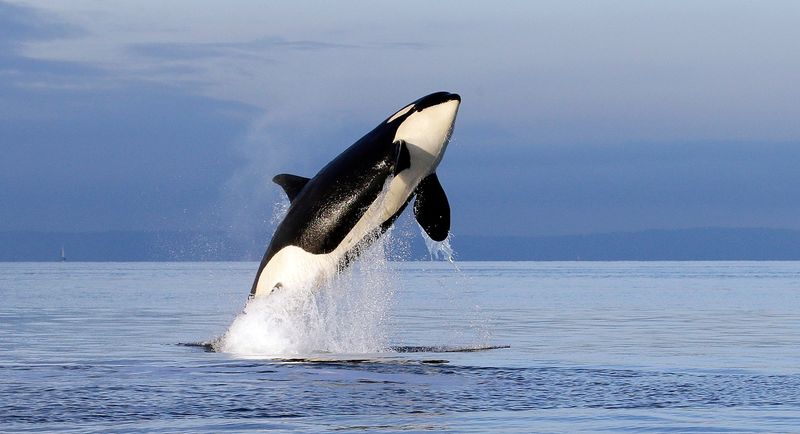
A massive team effort is working to save these iconic whales. Scientists, government agencies, tribes, and conservation groups have joined forces on several fronts.
Projects include removing dams to help salmon migration, restoring streamside forests that keep water cool for salmon, limiting toxic runoff, and creating quieter shipping lanes. Some groups are even breeding salmon in hatcheries specifically to feed hungry orcas.
12. Protected By Law
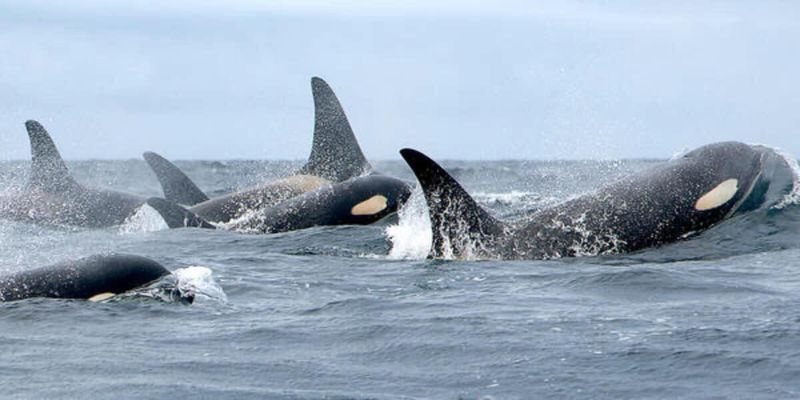
Southern Resident orcas received endangered species protection in 2005 after their numbers fell dangerously low. This legal shield makes harming these whales or their habitat against federal law.
The Endangered Species Act requires creating recovery plans and setting aside critical habitat. While these protections haven’t reversed the population decline yet, they have increased funding for research and conservation programs that might eventually help save these magnificent animals.
13. Race Against Time
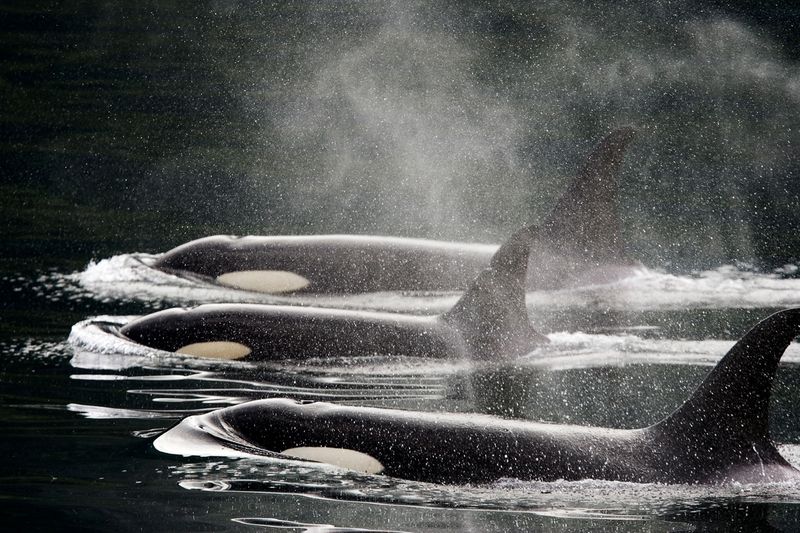
Despite all efforts, Puget Sound’s orcas continue to struggle. Scientists warn that without major changes, this unique orca culture could disappear within our lifetime.
Climate change threatens to further warm rivers, making them uninhabitable for salmon. Growing human population puts more pressure on the ecosystem. The orcas’ fate hangs in the balance, dependent on our willingness to make difficult choices that prioritize their survival.

